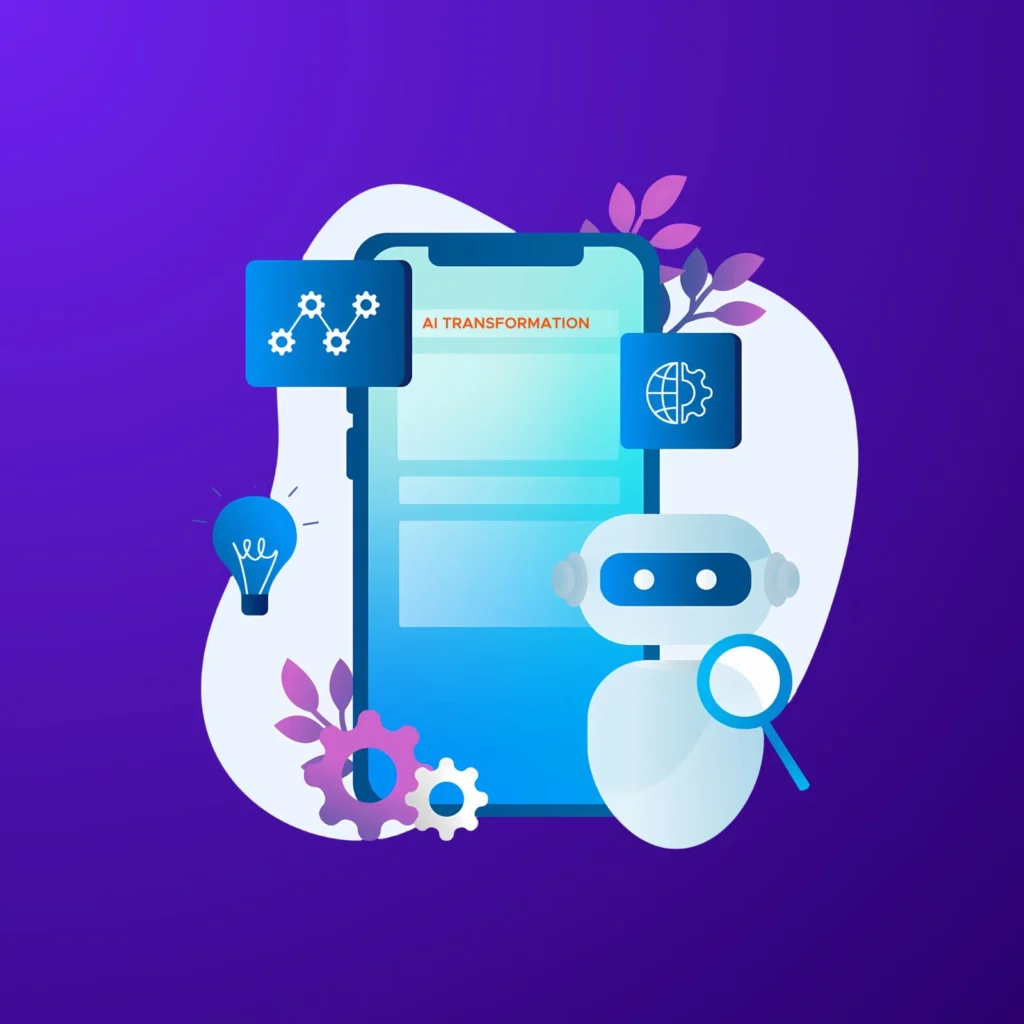What is an Omnichannel Customer Experience?
Omnichannel customer experience is no new word. Its colloquial usage in meetings and discussions gave rise to a diluted interpretation of its meaning.
Omnichannel presence refers to a unified experience provided to the customer with the capability to interact with the business on multiple channels or platforms. As the name suggests, omnichannel experience lays emphasis on being present and connected with the customers in multiple forms. All the metrics of the business like marketing, sales, customer support, and after-sales services are synced to enable the customer to access them in one go.
With advancing technologies, customers are often skiing towards more sophisticated access during their purchase cycles. A study by Harvard Business Review shows that around 73% of the customers use multiple channels during their purchase.
Is Omnichannel a synonym for Multichannel?
Simply defined, multichannel presence refers to the presence of the company on various channels both online and offline. Omnichannel presence, on the other hand, combines multichannel presence with connectivity. While multichannel ensures presence on multiple platforms, omnichannel presence ensures a seamless and interconnected experience on these channels. Omnichannel presence reorganizes its point of interaction with the customer and employs interactive technologies like Virtual Sales Assistant, Chatbot, etc for customers to surf across the channels seamlessly.

For example, a retailer handling a social media page advertises his products. A customer coming across these products on social media would like to explore more on the website but there is no direct link to the website. He then somehow manages to find the website to realize there’s no stock of the item he liked. He however cannot contact the company from their website so he either drops the idea of purchase or moves on to another retailer.
With an omnichannel presence, however, the customer can seamlessly click on the website link on social media, browse the website, interact with an AI-assisted chatbot on the website to inquire about his product, connect to a customer executive if required, and place an order for his product.
Why Omnichannel?
Why is Omnichannel Customer Experience the talk of the town? Why are E-Commerce giants like Amazon now trying to extend brick-and-mortar, pop-up stores, etc to augment their omnichannel presence?
Customers now have an almost unlimited set of options when it comes to shopping. With these many options in hand, customers are free to choose the one that offers the most seamless and sophisticated experience. According to UTC today, 9 out of 10 customers prefer the omnichannel presence of the brand for communication. As competition between the retailers intensifies, brands and companies have to explore newer possibilities to hold the present as well as attract new customers.
The hostile and predatory situations present in the market force the lagers out keeping the crown over the ones who explore new dimensions. Omnichannel being one such dimension bears many advantages to the ones wielding it.
Higher Customer Retention
Customers prefer the most convenient means while shopping. It is therefore advantageous to have a diverse presence available to the customer wherever he prefers. By bridging the gap between all the channels, customers can choose their natural means of interaction with the brand. A study by Mgage also favors this hypothesis with its results showing a 13% improvement in customer retention for brands that employ cross-channel marketing strategies
Higher Customer Satisfaction
When the client is given the choice to interact in his own way, he experiences a naturally higher level of satisfaction unlike when the options are limited. With the right customers targeted with the right channels, the brand can ensure higher satisfaction for its customers and can also target all the varied demographics in the customer base.
Time-Saving
Customers can choose the easiest option available and reduce the overall time employed in the transaction. If received a damaged product online, the customer can directly go to the physical store and resolve the issue instead of communicating online and waiting for a reply. On the other hand, if the customer prefers an easier resolution, he/she can schedule a pick-up and get the product replaced. This not only reduces the time spent by the customer and brand but also eases the logistics of the brand.
Higher Customer Confidence
Presence across various channels shows a face of confidence in the brand to the customer. With the products being available on multiple channels, customers are more likely to purchase them knowing they are getting the same deal wherever they purchase.
Better Customer Insights
Retailers tracking their customers across multiple channels have a tremendous volume of information in hand. Right from what the customer prefers to his price range, the brands can gather complete insights of the customer by analyzing his behavior across multiple channels.
With Big Data at its disposal, brands can use this information to create a hyper-personalized experience for the customers further augmenting their overall experience.
Fun Fact- 90% of the world’s entire data was created in the past 2 years!
Increase in Sales
A study by Harvard shows that the more channels the customers use, the higher their value is. Customers who shopped on omnipresent channels on an average had higher purchase spending both online as well as offline compared to the ones interacting from a single channel.

Customers who used more than 4 channels spent an average of 9% more than the ones who used a single channel.
Personalization in Omnichannel Presence
With an increasing presence in multiple channels, it is highly possible to neglect the key aspect of personalization of customer experience. Present-day customers expect not just quality, but also a quick and personalized shopping experience.
In the infinite clusters of information and suggestions available, personalization will help attract the customers and retain their preference towards the brand. With around 75% of the customers getting frustrated by the irrelevant information on their screens during their purchase, it is important for the brands to personalize right from the recommendations to the price preferences.
With the insights available from online channels, it’s no more a flight against the wind for these brands to personalize the experience. Proper analysis of the insights with AI-assisted platforms can help these brands hyper-personalize the entire experience of the customers. This movement towards omnichannel presence is not just limited to the retail or shopping industry. It originates from preferences and expectations emanating from the emergence of new channels and sophisticated technologies.
What’s next in omnichannel?
With customers acquainting with mobile phones, the next phase of omnichannel aims to further integrate online with offline stores. Endless aisles will be a part of the past with barcodes in offline stores that allow customers to scan and order the products online. Customers can try digital dressing rooms and augmented AI that will help them take up an even bigger piece of the customer service pie.
As the upcoming generations become more and more tech-savvy, the means of interaction are also becoming more and more accessible. For an effective strategy in these competing landscapes, companies should understand that customers are rarely limited only to one channel and are often cross the channel as well as offline. Leveraging on these preferences, brands should employ an omnichannel strategy robust enough to accommodate all the needs of customers.



